Half of Iceland's COVID-19 spreaders may be asymptomatic, early data suggest

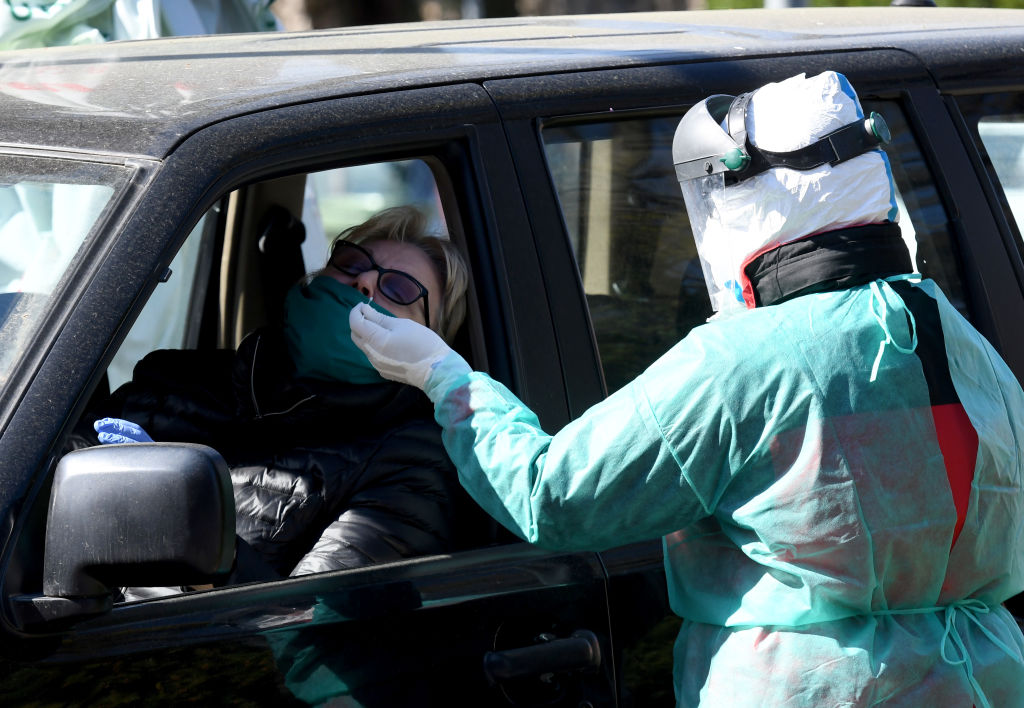
Iceland is giving the world a unique look at how the novel coronavirus that causes COVID-19 is spreading. The Nordic island nation of 360,000 started testing for the virus in early February, and it chose to test both people suspected of having COVID-19 and, notably, people who haven't shown any symptoms. DeCODE, a biotech company working on behalf of Iceland's chief epidemiologist, is testing the general population; so far, it has screened about 9,000 people, or about half of the 17,900 Icelanders tested for the virus, CNN reports.
More than 99 percent of deCODE's volunteer subjects tested negative, but of the roughly 1 percent who tested positive, half said they hadn't shown any symptoms of the disease, company founder Dr. Kári Stefánsson told CNN. "What it means in my mind, is that because we are screening the general population, we are catching people early in the infection before they start showing symptoms." The 50 percent of positive tests from asymptomatic people has been fairly consistent, though the sample is pretty small. DeCODE expects to gather a larger sample of at least 50,000 people, or roughly 13 percent Iceland's population, before the virus peters out.
Other studies have also shown that COVID-19 can be spread by asymptomatic people, and the higher the share of symptomless spreaders, the harder COVID-19 will be to contain. "We now know that asymptomatic transmission likely [plays] an important role in spreading this virus," Michael Osterholm, director of the Center for Infectious Disease Research and Policy at the University of Minnesota, said last week, adding that it's "absolutely clear" asymptomatic infection "surely can fuel a pandemic like this in a way that's going to make it very difficult to control." Having everyone wear face masks outside the home, as the Centers for Disease Control and Prevention (CDC) is considering advising, would be one way to keep asymptomatic transmission at bay.
The Week
Escape your echo chamber. Get the facts behind the news, plus analysis from multiple perspectives.

Sign up for The Week's Free Newsletters
From our morning news briefing to a weekly Good News Newsletter, get the best of The Week delivered directly to your inbox.
From our morning news briefing to a weekly Good News Newsletter, get the best of The Week delivered directly to your inbox.
A free daily email with the biggest news stories of the day – and the best features from TheWeek.com
Peter has worked as a news and culture writer and editor at The Week since the site's launch in 2008. He covers politics, world affairs, religion and cultural currents. His journalism career began as a copy editor at a financial newswire and has included editorial positions at The New York Times Magazine, Facts on File, and Oregon State University.
-
 Vance’s ‘next move will reveal whether the conservative movement can move past Trump’
Vance’s ‘next move will reveal whether the conservative movement can move past Trump’Instant Opinion Opinion, comment and editorials of the day
-
 Why recognizing Somaliland is so risky for Israel
Why recognizing Somaliland is so risky for IsraelTHE EXPLAINER By wading into one of North Africa’s most fraught political schisms, the Netanyahu government risks further international isolation
-
 Crossword: December 30, 2025
Crossword: December 30, 2025The daily crossword from The Week
-
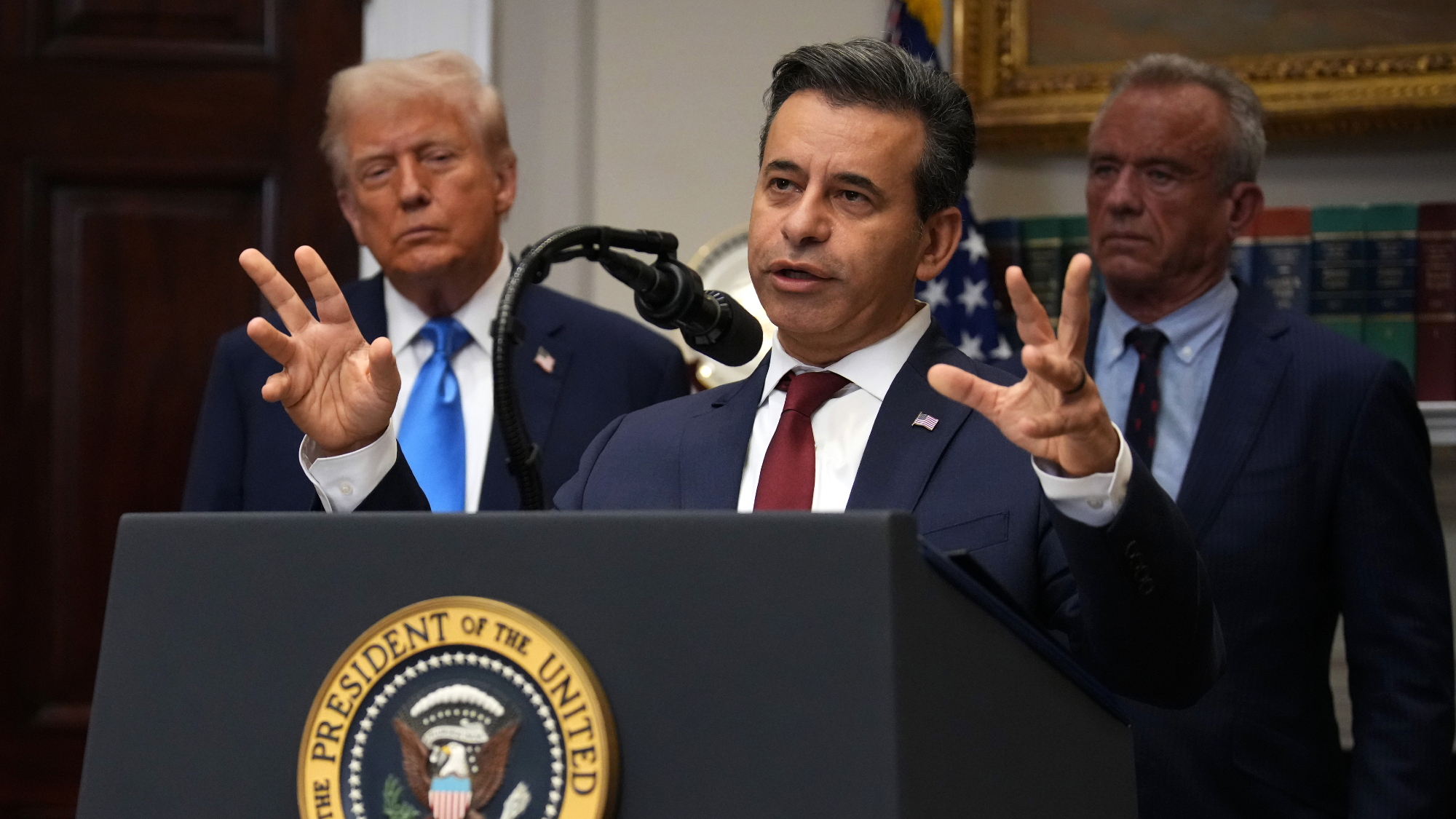 FDA OKs generic abortion pill, riling the right
FDA OKs generic abortion pill, riling the rightSpeed Read The drug in question is a generic version of mifepristone, used to carry out two-thirds of US abortions
-
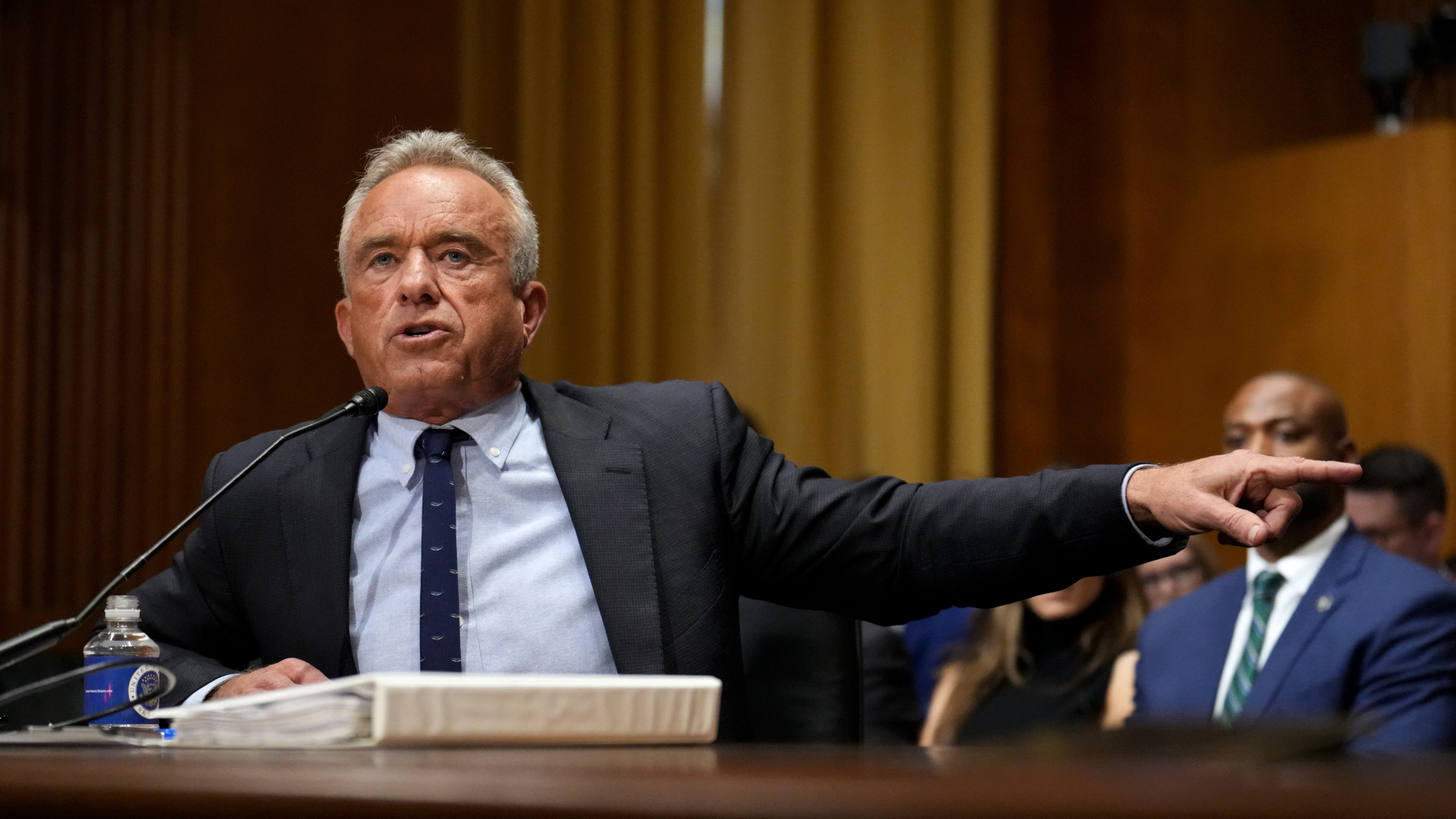 RFK Jr. vaccine panel advises restricting MMRV shot
RFK Jr. vaccine panel advises restricting MMRV shotSpeed Read The committee voted to restrict access to a childhood vaccine against chickenpox
-
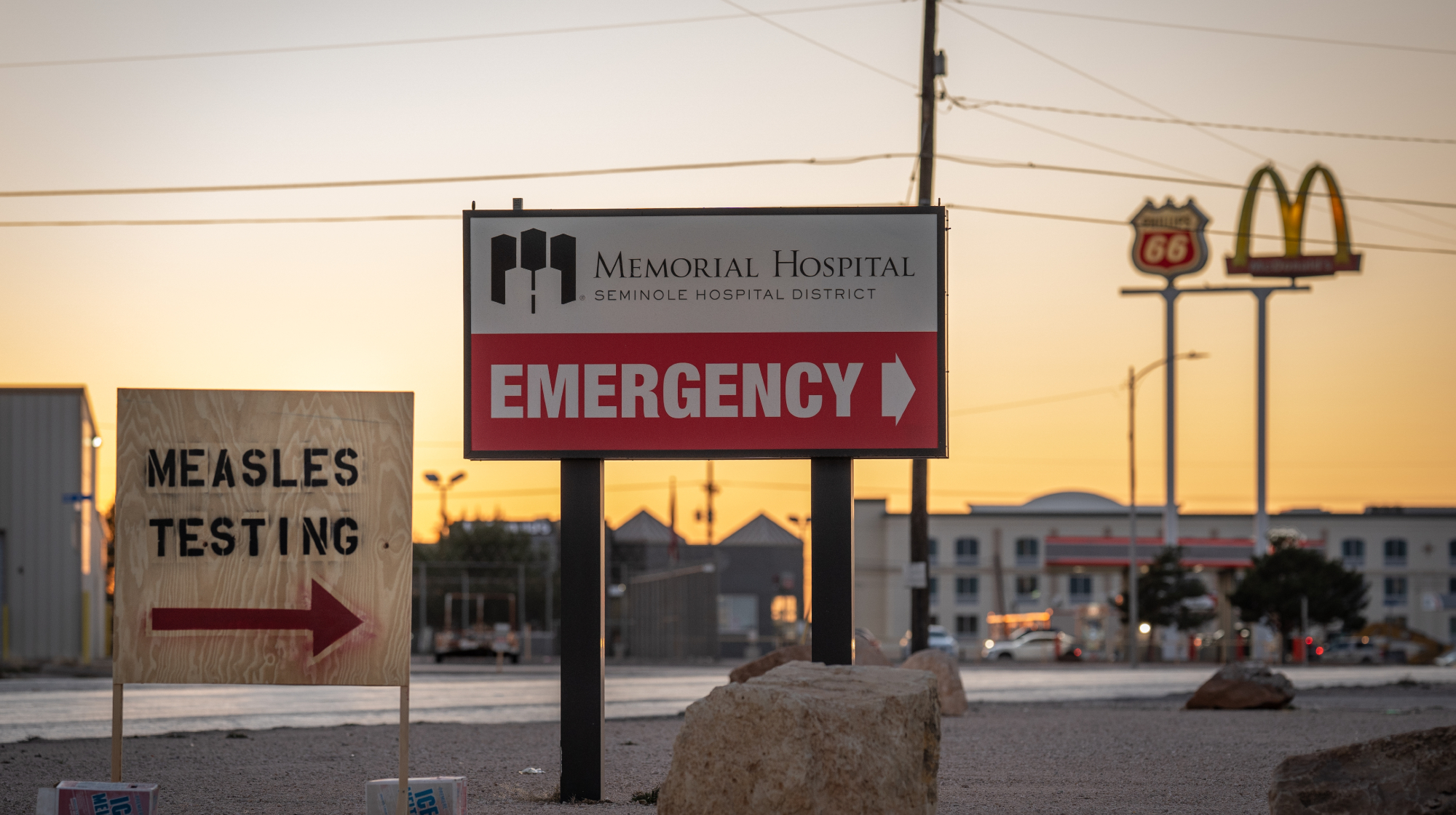 Texas declares end to measles outbreak
Texas declares end to measles outbreakSpeed Read The vaccine-preventable disease is still spreading in neighboring states, Mexico and Canada
-
 RFK Jr. shuts down mRNA vaccine funding at agency
RFK Jr. shuts down mRNA vaccine funding at agencySpeed Read The decision canceled or modified 22 projects, primarily for work on vaccines and therapeutics for respiratory viruses
-
 Measles cases surge to 33-year high
Measles cases surge to 33-year highSpeed Read The infection was declared eliminated from the US in 2000 but has seen a resurgence amid vaccine hesitancy
-
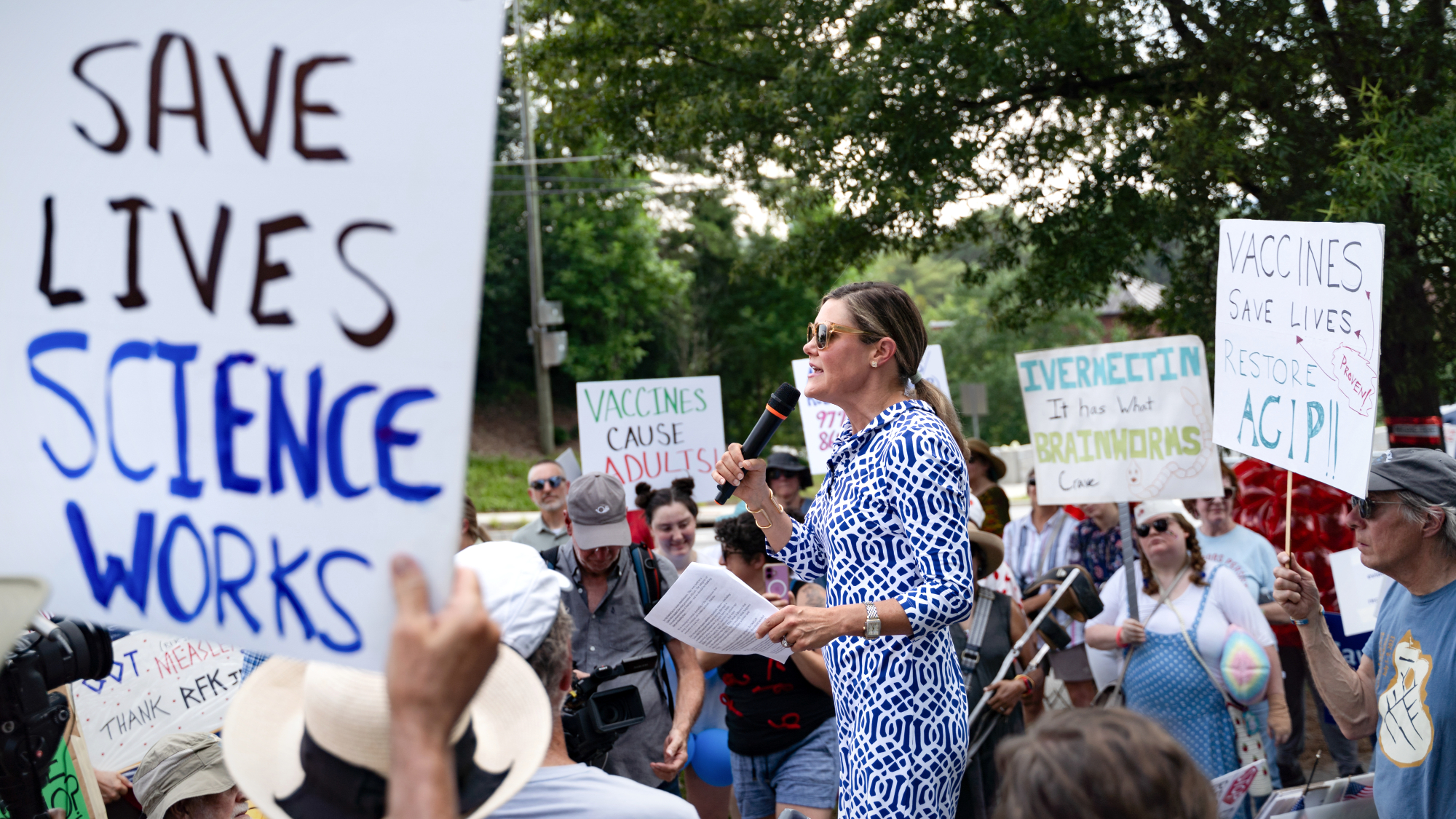 Kennedy's vaccine panel signals skepticism, change
Kennedy's vaccine panel signals skepticism, changeSpeed Read RFK Jr.'s new vaccine advisory board intends to make changes to the decades-old US immunization system
-
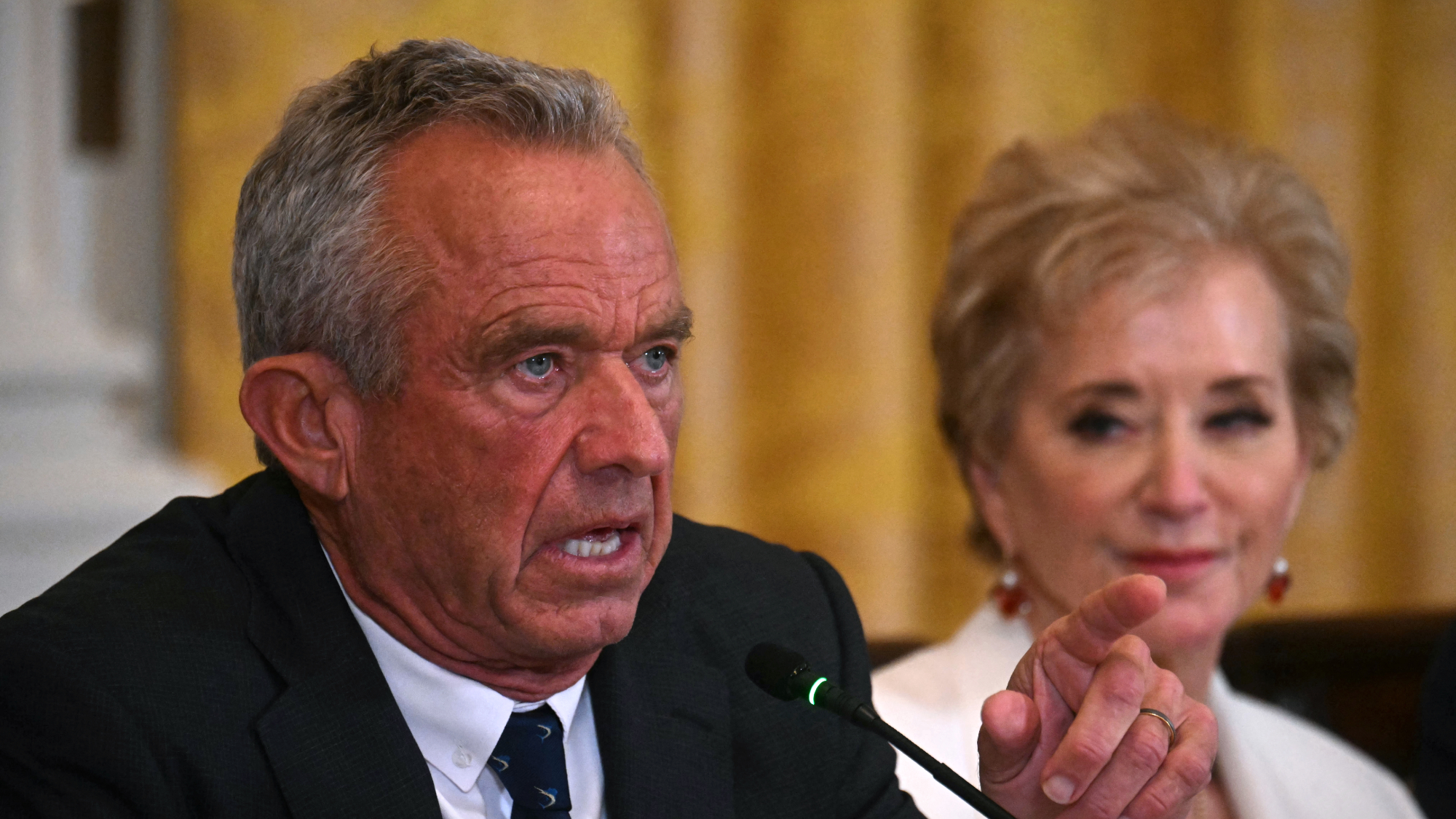 Kennedy ousts entire CDC vaccine advisory panel
Kennedy ousts entire CDC vaccine advisory panelspeed read Health Secretary RFK Jr. is a longtime anti-vaccine activist who has criticized the panel of experts
-
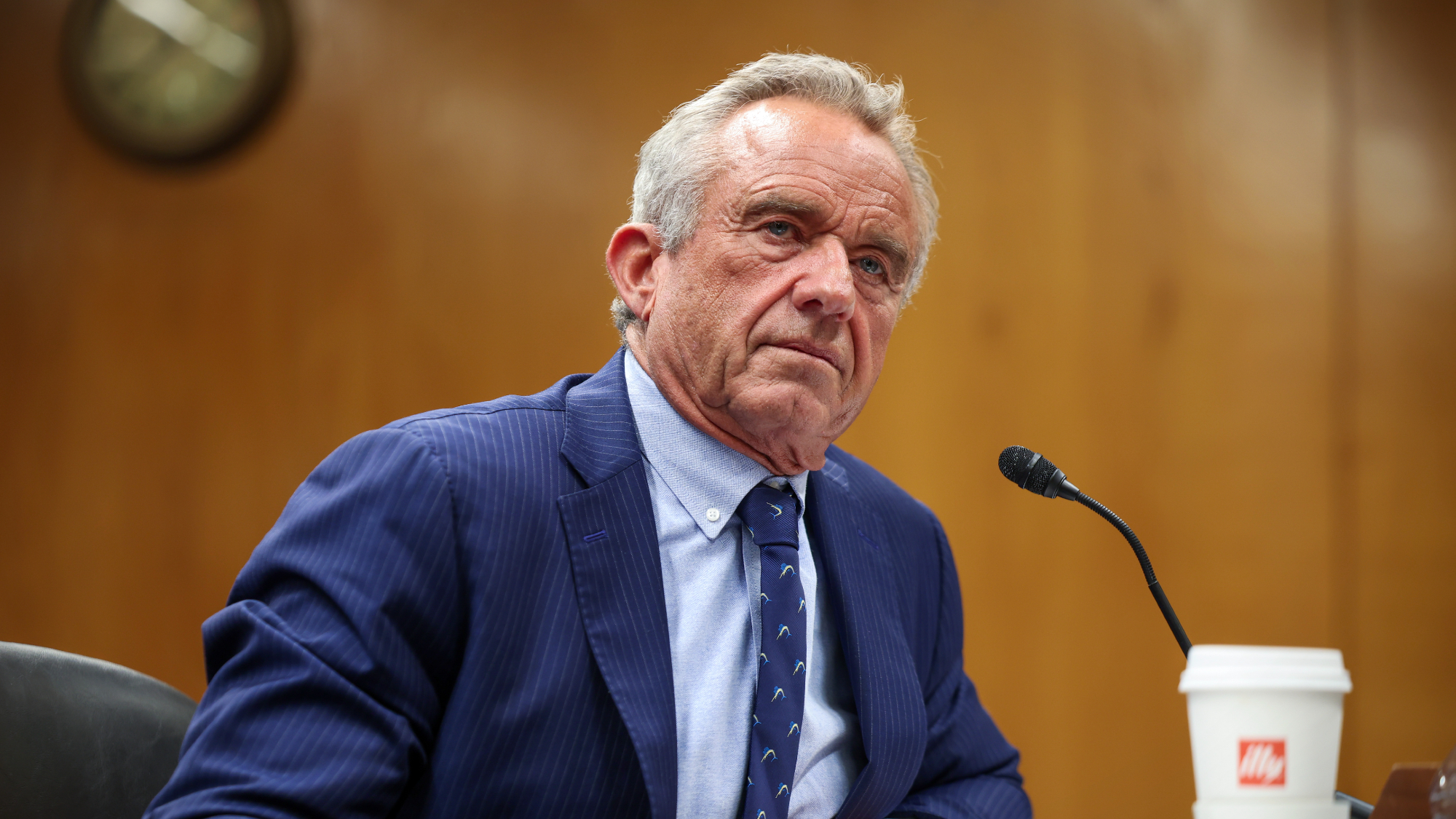 RFK Jr. scraps Covid shots for pregnant women, kids
RFK Jr. scraps Covid shots for pregnant women, kidsSpeed Read The Health Secretary announced a policy change without informing CDC officials
